Everest is, we’re told, “the highest garbage dump in the world.” It’s a place, if you believe the reports from this year’s climbing season, that is increasingly crowded. Terrifying video footage released last month showed climbers waiting their turn at the very top of the mountain shortly before two of them fell to their death. What’s the appeal?
The Sherpas are no longer the unsung heroes
For nearly two decades I’ve lived in Kathmandu, the capital of Nepal. I spend my time here gallivanting around the high Himalayas. Having made it to the top of Everest, it’s clear to me that the reason so many people want to climb the mountain is simple: it is the highest peak on earth. The majority of those who reach the summit bask in the glory for the rest of their lives.
Those who seek to climb Everest are driven by a desire to stand on top of the world and return with a tale of conquest that cements their place in the annals of human achievement — no matter in what style they reach it. During my time in the shadow of the Himalayas, I have seen people leave Everest base camp as doctors, hairdressers or engineers and return as authors, motivational speakers and sometimes expedition leaders. Yes, Everest changes lives, brings fame and, crucially, generates an income for locals. For a long time, the Sherpa without whose help most climbers would not reach their goal, remained in the background. Social media has changed that. Kami Rita Sherpa, the Nepali guide who holds the record with thirty successful climbs of Everest, has now been able to tell the world about his amazing feats: Kami Rita has finally received the recognition and financial rewards he deserves. The Sherpas are no longer the unsung heroes; they are now the bosses on the mountain.
It’s true that the race to the top of Everest has changed in recent years. Most countries have put a man or woman on top of the world, which means that becoming the first from a nation to climb the world’s highest peak has become almost impossible, unless you are from a country like Burkina Faso or Haiti.
Instead, people try to be recorded as the first certified veterinarian; the first vegan; or the first husband and wife team to climb Everest. When a young Indian lady asked me a few years ago whether she would enter the history books for being the woman with the longest hair atop of Everest, I thought we had reached the nadir. But surprises keep on coming: on May 21, 2024, the American blogger Devon Levesque topped the Indian by being the first to do the highest backflip on the summit. This left me wondering whether the term “Everest Circus,” which I refused to use up until then, was now legit.
Even when I climbed Everest as part of a commercial expedition in 2009, the essence of adventure had long been diluted by fixed ropes and set-up camps. These innovations made things safer but it’s hard to disagree with the term coined by the Italian mountaineer Reinhold Messner, who calls the route to the top — which is prepared by hundreds of Sherpas each season — “The Motorway.” Fixed ropes have become as ubiquitous on Everest as Via Ferratas, the permanently fixed steel cables that allow people to climb challenging routes without technical skills, are in the Alps.
So when did Chomolungma, as Everest is called in the local language, become so commercial? The truth is that, since it was first climbed over seventy years ago, it has almost always been this way. From the earliest expeditions in the 1920s to modern guided climbs that can cost up to $250,000 per climber, mountaineering has involved high finance across all peaks, including the Alps.
In the Himalayas, this huge injection of cash is a vital lifeline for Nepal, which is one of the poorest countries in the world. Revenue generated by commercial climbs has had a significant impact on the local economy. For many Nepalese, the climbing season is a vital source of income which supports not just the guides and porters but entire communities. The money from climbing permits and tourism contribute to infrastructure, education and health care in a country where many locals are desperately poor. Even though some foreign companies still make a big buck, it is the local operators who now get the biggest piece of the pie. Without Everest, many people here would be in trouble.
So, yes, Everest is increasingly crowded with tourists; but so long as they ascend the mountain’s majestic slopes with respect and humility, then good luck to them.
Despite the influx of “novices,” the mountain’s appeal for “proper” climbers remains undiminished. As the 2024 spring climbing season comes to an end, I head to the Himalayan Java Café, a popular hangout for coffee lovers in the heart of Kathmandu. I meet there a mountaineer who has just scaled the world’s highest peak. He did so in style, dispensing with Sherpa support and supplemental oxygen, something reserved for a handful of exceptionally skilled mountaineers. Of the more than 7,000 people who have climbed Mount Everest since 1953, only 192 have done so without an oxygen mask. OK, Piotr Krzyzowski may have used the ropes that were fixed by the Sherpa from base camp to the summit, but I am sure he would have managed to reach the top without them, which is rather rare on Himalayan peaks these days.
I am interviewing Piotr for the Himalayan Database — a compilation of records for all expeditions in the Nepalese Himalayas — and, as I do so, my respect for the Polish lawyer continues to grow. He tells me that on his way to Everest he also scaled neighboring Lhotse, the fourth highest peak in the world. I’m gobsmacked. Scaling these two peaks in less than forty-eight hours without using bottled gas had never been done before — until now.
What’s most admirable about Piotr’s approach is that, unlike many other climbers, he didn’t proclaim his intentions on social media before he set out. As someone once said, “Climbing Everest is easy, but coming down and not talking about it is the hard part.”
This article was originally published on The Spectator’s UK website.



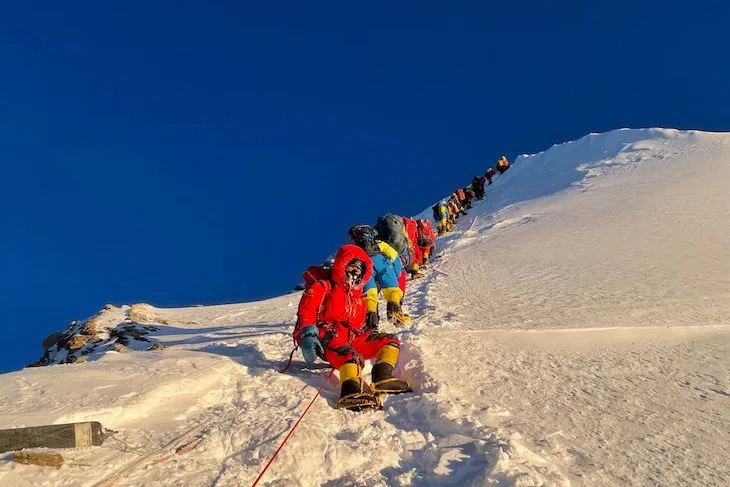







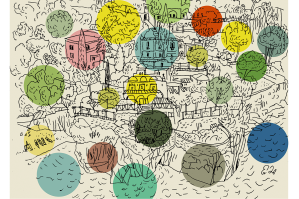
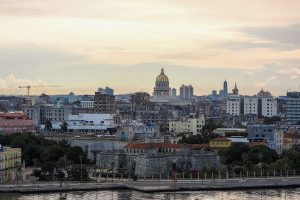
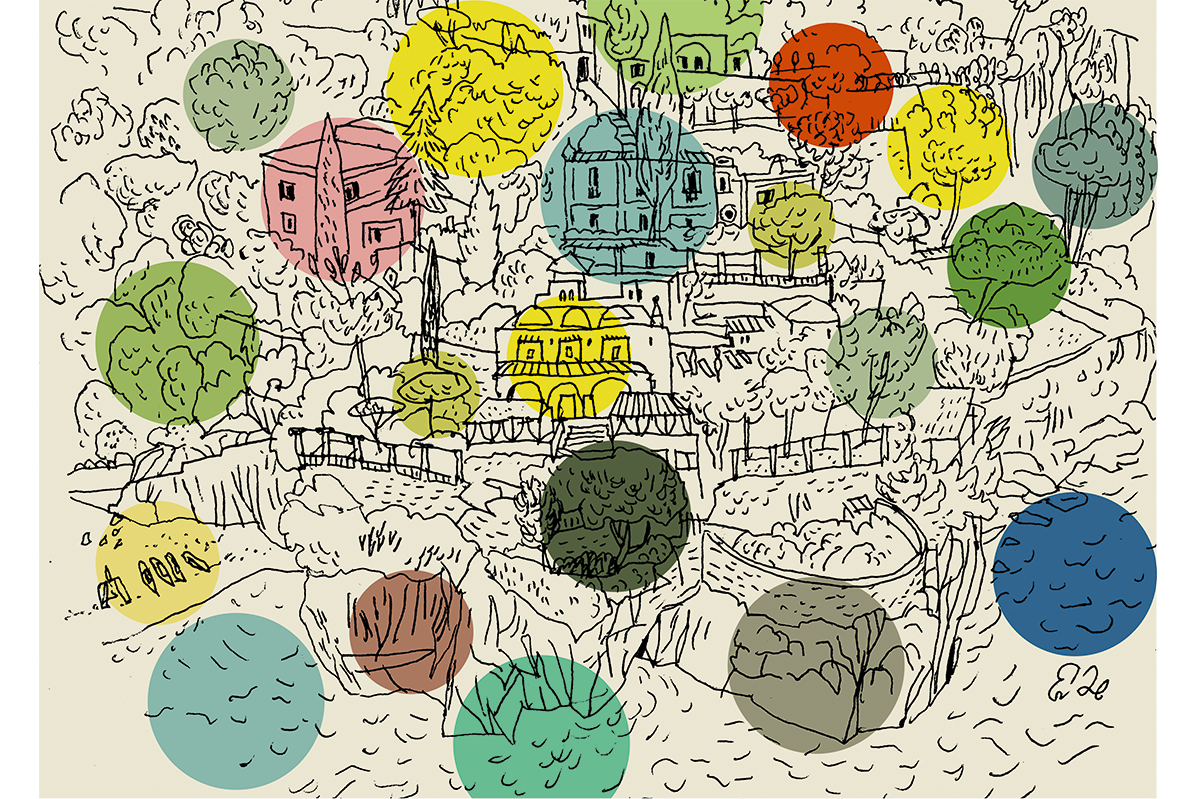
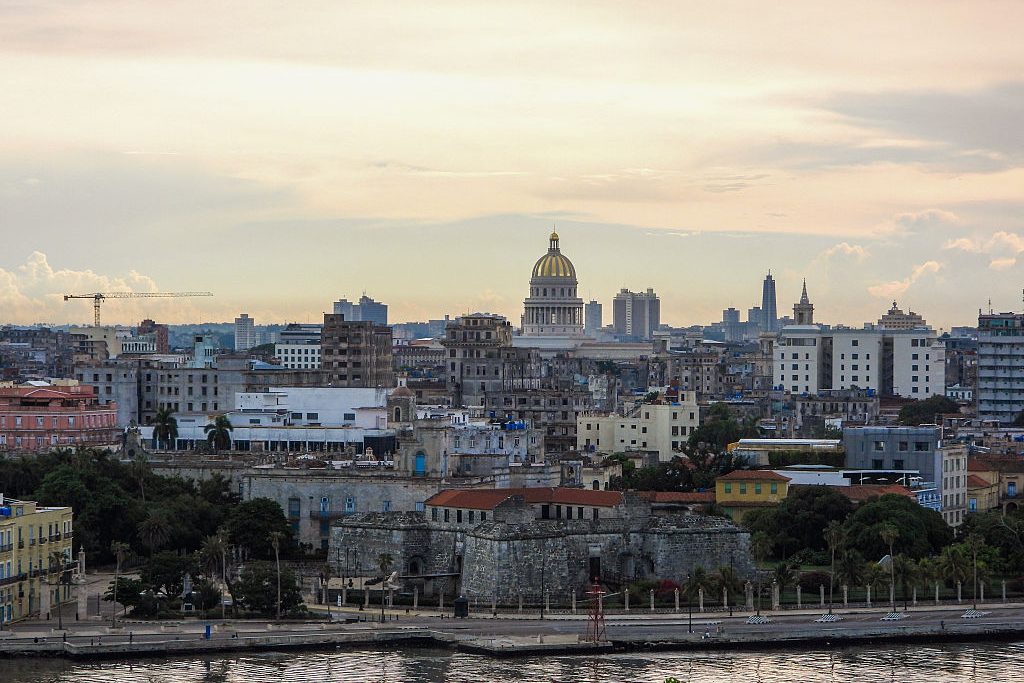


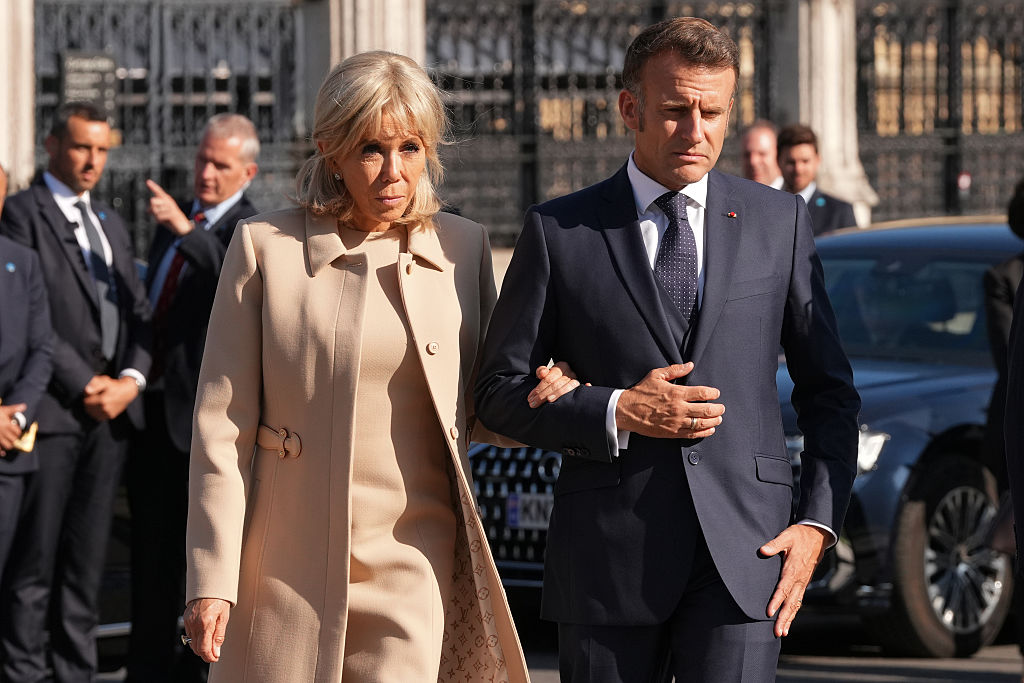
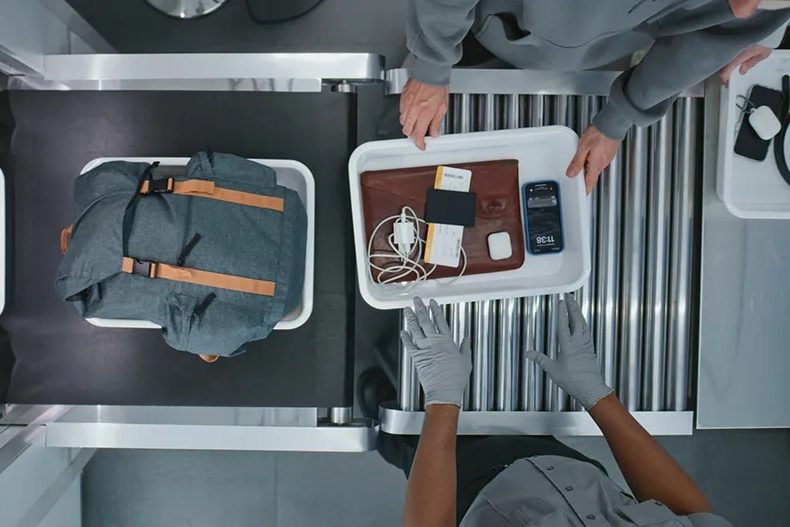







Leave a Reply